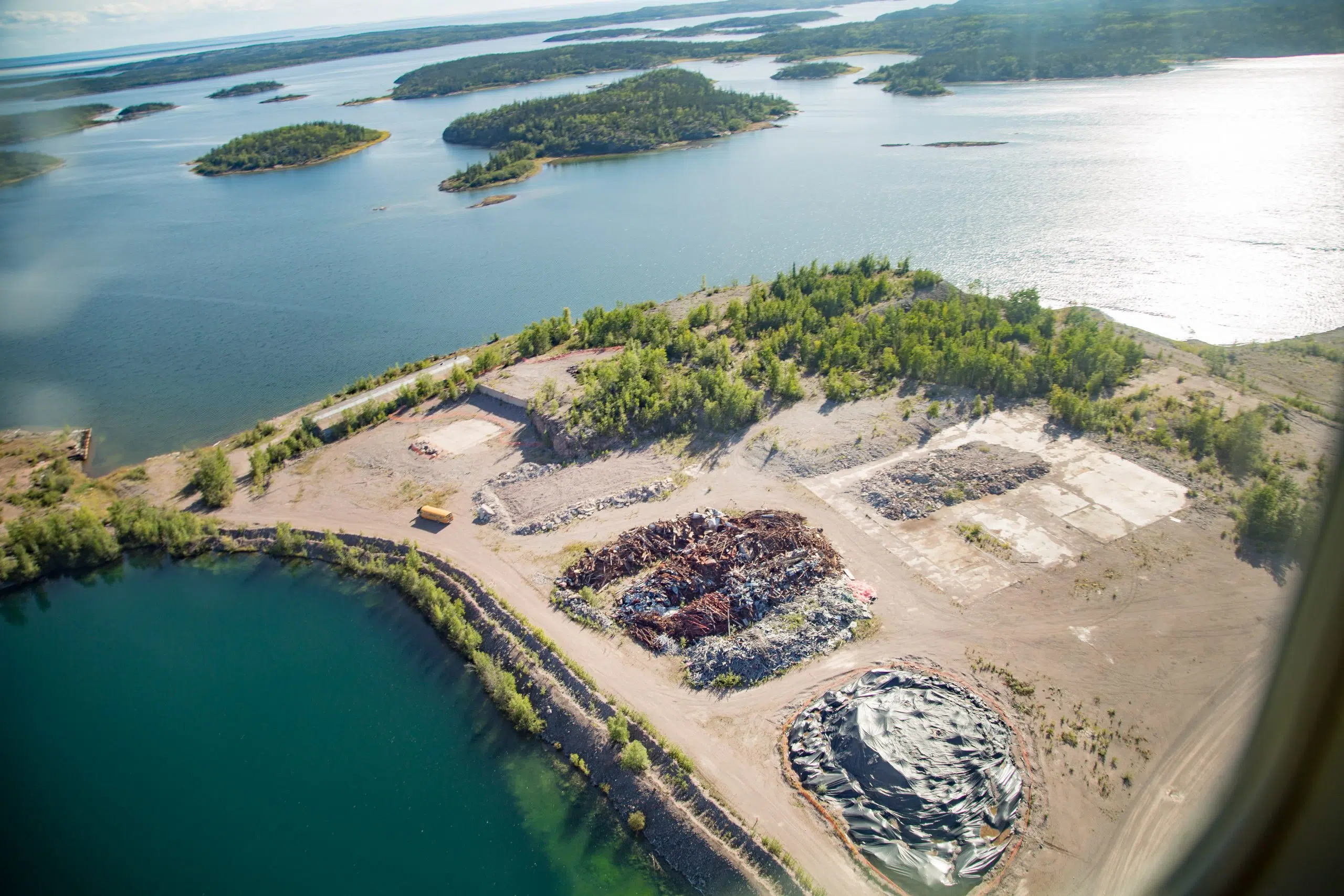
Gunnar mine clean-up project continues on for another year
In the far north, the town of Uranium City is surrounded by numerous mining projects including the Gunnar Uranium Mine and Mill site which was decommissioned in 1963, and closed in 1964.
The government of Canada operated the mine and mill site to Eldorado Nuclear Limited to fulfill “yellowcake” contracts in the United States and the United Kingdom.
The site was opened and shuttered prior to the creation of the department of environment – meaning no laws were in place surrounding the decommissioning and closing of the project. For years buildings stood on the site unused and falling into disrepair until just recently when clean-up projects began to return the site to its natural state.
The Gunnar Mine clean-up project is being headed by the Saskatchewan Research Council through their Clean-up of Abandoned Northern Sites, or CLEANS. The program is funded by the federal and provincial governments.


